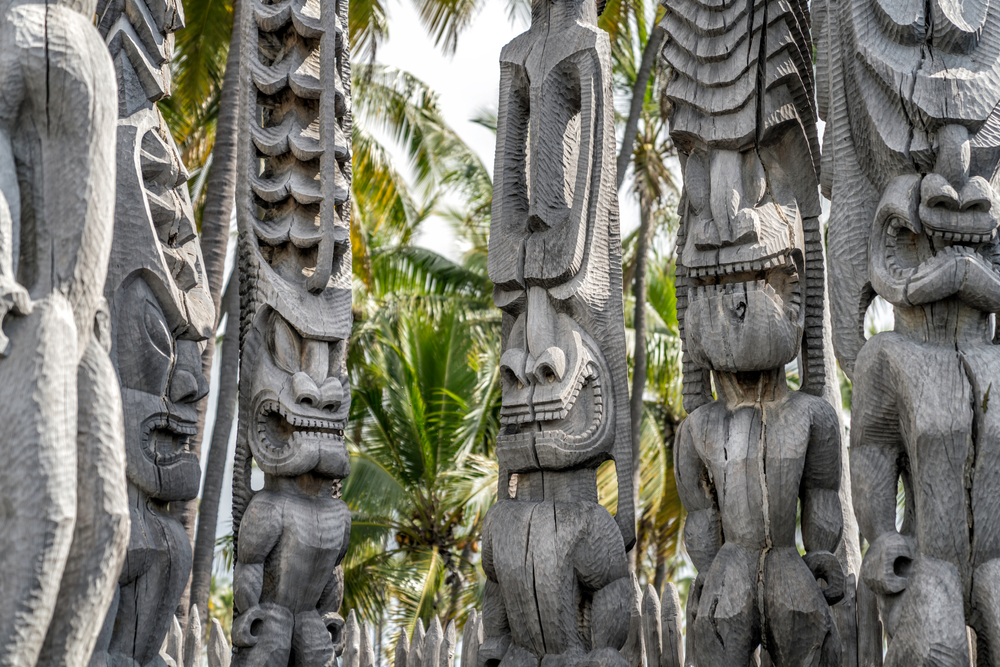Tiki figures have become a popular symbol in modern culture, often associated with tropical vacations and tiki-themed bars. But these carved wooden statues have a rich history that dates back centuries. This article will discuss the history and changes of tiki figures, from their cultural importance to their current popularity.
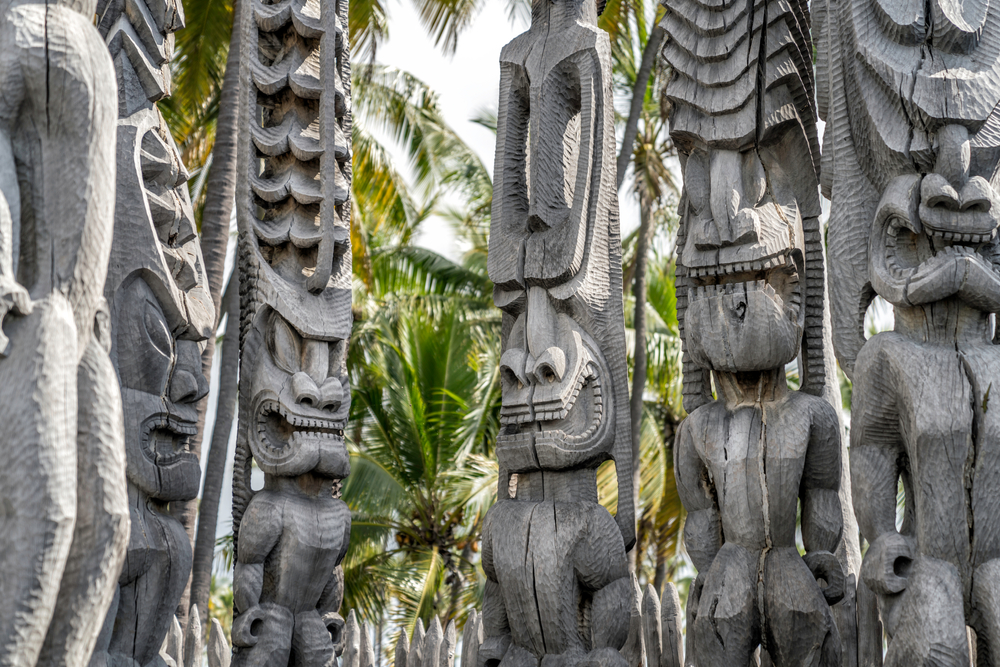
The Origins of Tiki Figures
Tiki figures come from ancient Polynesia, which includes islands like Hawaii, Tahiti, and Tonga. These vibrant and mystical carvings held great significance in the Polynesian cultures, representing gods, spirits, and ancestors.
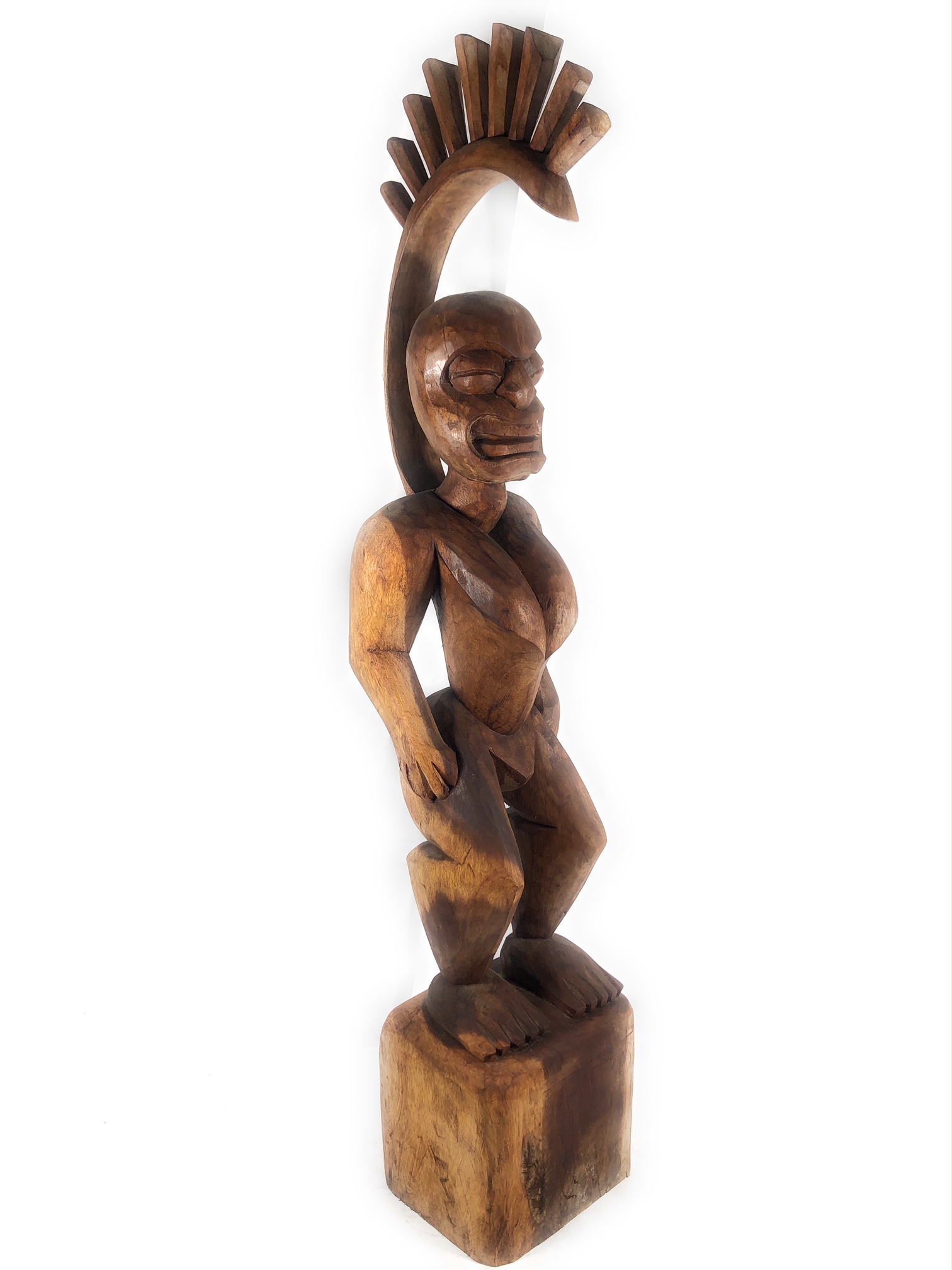
Islanders showed their artistic talent and skill by making Tiki statues with wood, stone, and bone. People used these statues in religious ceremonies. People believed that they had the power to ward off evil spirits and bring good luck to their owners. Tiki figures still captivate and inspire people worldwide, reminding us of Polynesian culture and its rich heritage.
Tiki figures originated in Polynesia, specifically in the islands of Hawaii, Tahiti, and New Zealand and from native americans. The indigenous people carved these figures from wood or stone and used them as religious and cultural symbols. People believed that they represented the gods and ancestors, and they often placed them in sacred spaces such as temples and shrines.
The Cultural Significance of Tiki Figures
Tiki figures were important in Polynesian culture, connecting the physical and spiritual worlds.
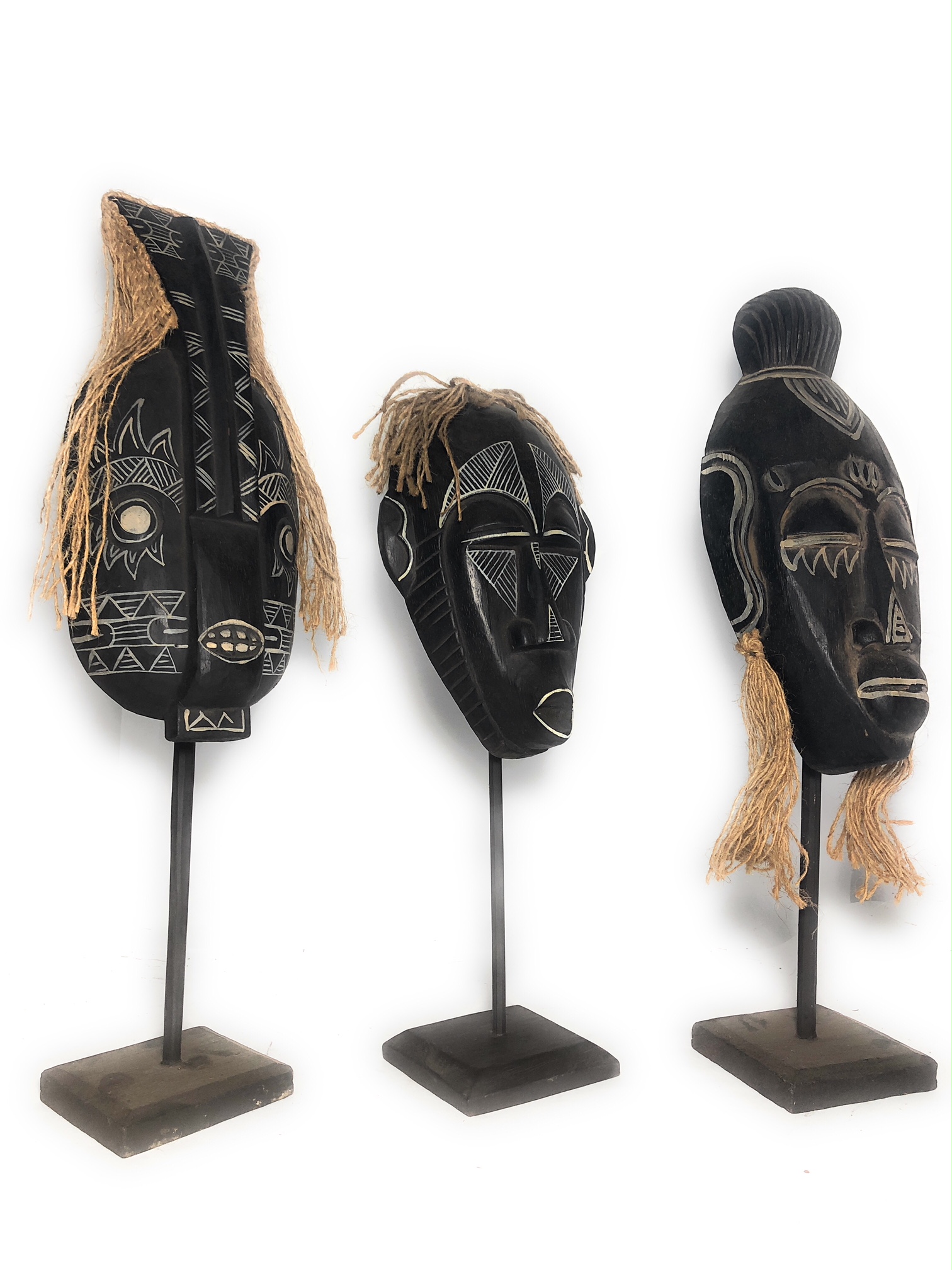
These figures were highly respected and considered sacred. People used them in religious ceremonies and complex rituals to connect with the divine.
People believed that these tiki figures had strong protective powers. People believed that Tiki figures possessed strong protective powers. They protected homes and communities from evil spirits. These figures stood at the entrance of houses, warding off any negative forces that lurked in the darkness.
The Evolution of Tiki Figures
In the United States around the 1900s, tiki statues became quite popular and fascinated people in the Western world. This happened because tiki-themed bars and restaurants started appearing and spreading. These places used tiki statues as colorful decorations.
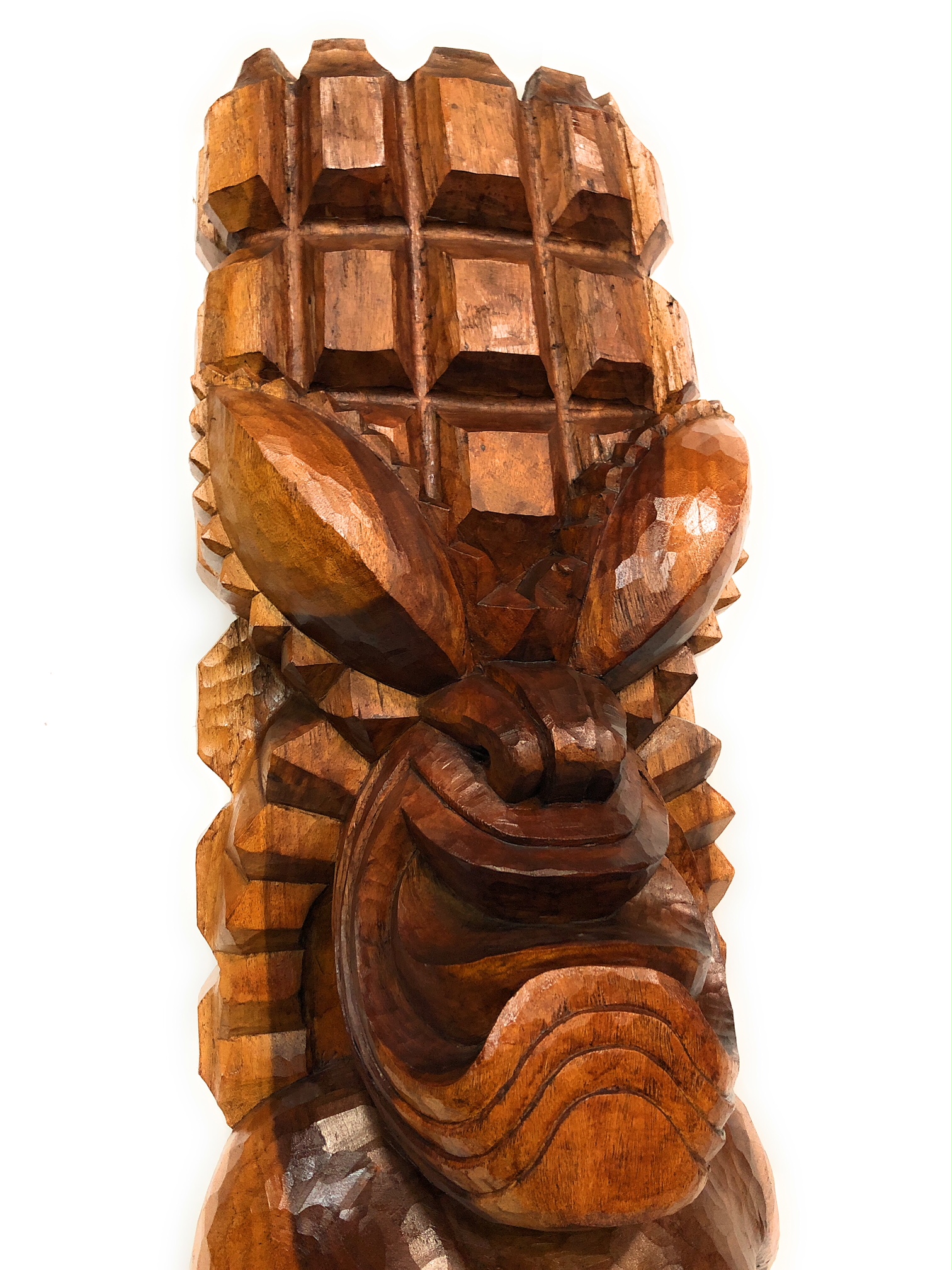
This created a relaxing atmosphere that made people feel like they were in a tropical paradise. It also made them feel like they were in a special and exciting place, inspired by the South Pacific. It made them feel like they were in a special and exciting place, inspired by the South Pacific.
The movie "South Pacific," released in 1958, played a significant role in popularizing the phenomenon of tiki culture. This movie bases itself on a stage musical called South Pacific. It tells a captivating story set during World War II in the South Pacific.
One of the notable aspects of the movie was its portrayal of tiki figures in prominent roles. Tiki figures are carved statues of Polynesian gods or ancestors and are part of their cultural tradition. However, "South Pacific" catapulted their fame to new heights.
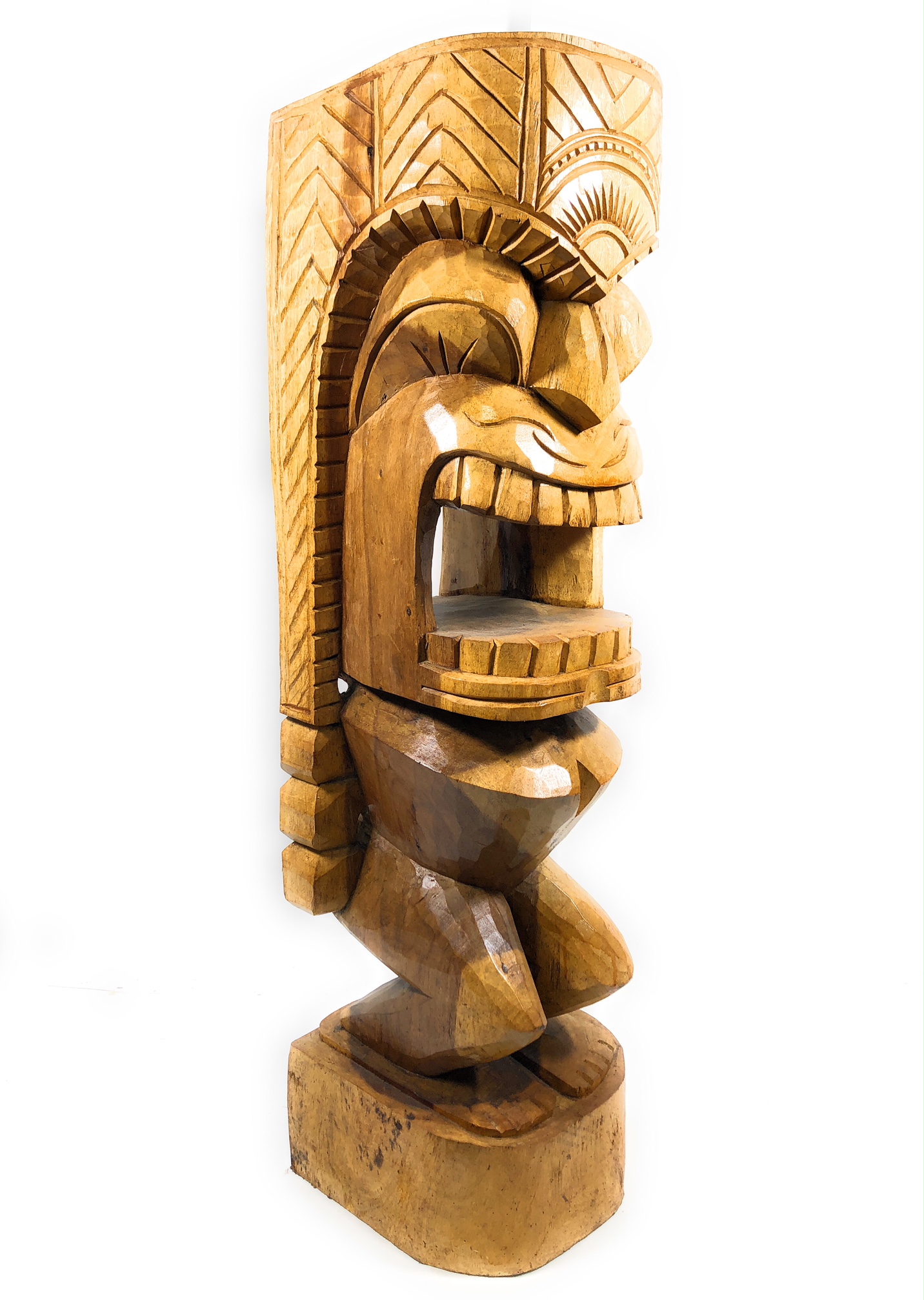
The movie showcased tiki figures in various scenes, emphasizing their significance in Polynesian culture and mythology. These figures depicted powerful and mystical beings, adding an air of intrigue and fascination to the narrative. As a result, the film not only entertained audiences but also sparked a newfound interest in tiki culture.
The popularity of "South Pacific" led to a surge in demand for tiki figures and related merchandise. These unique and enigmatic objects fascinated people, who wanted to include them in their own lives. Tiki bars and restaurants started appearing, giving people a chance to experience tiki culture.
The movie's success caused TV shows and ads to use tiki elements. Tiki-inspired fashion, music, and art also gained traction, further solidifying the phenomenon's place in popular culture.
In conclusion, the release of the movie "South Pacific" in 1958 played a pivotal role in popularizing tiki culture. The movie made tiki figures popular and wanted by giving them important roles and attracting a bigger audience. The musical "South Pacific" had a significant impact on various forms of media. It also sparked a tiki craze that endured for a considerable period.
Tiki Carvings in Modern Culture
Tiki figures have evolved years after years and people can now find them in a wide range of forms and materials. Previously, people around the world made them from wood and now focusing on sustainable materials. Skilled artisans carved intricate designs and details into the figures. In Polynesian cultures, people saw wooden tiki carvings as sacred and they represented gods, ancestors, or mythical creatures.
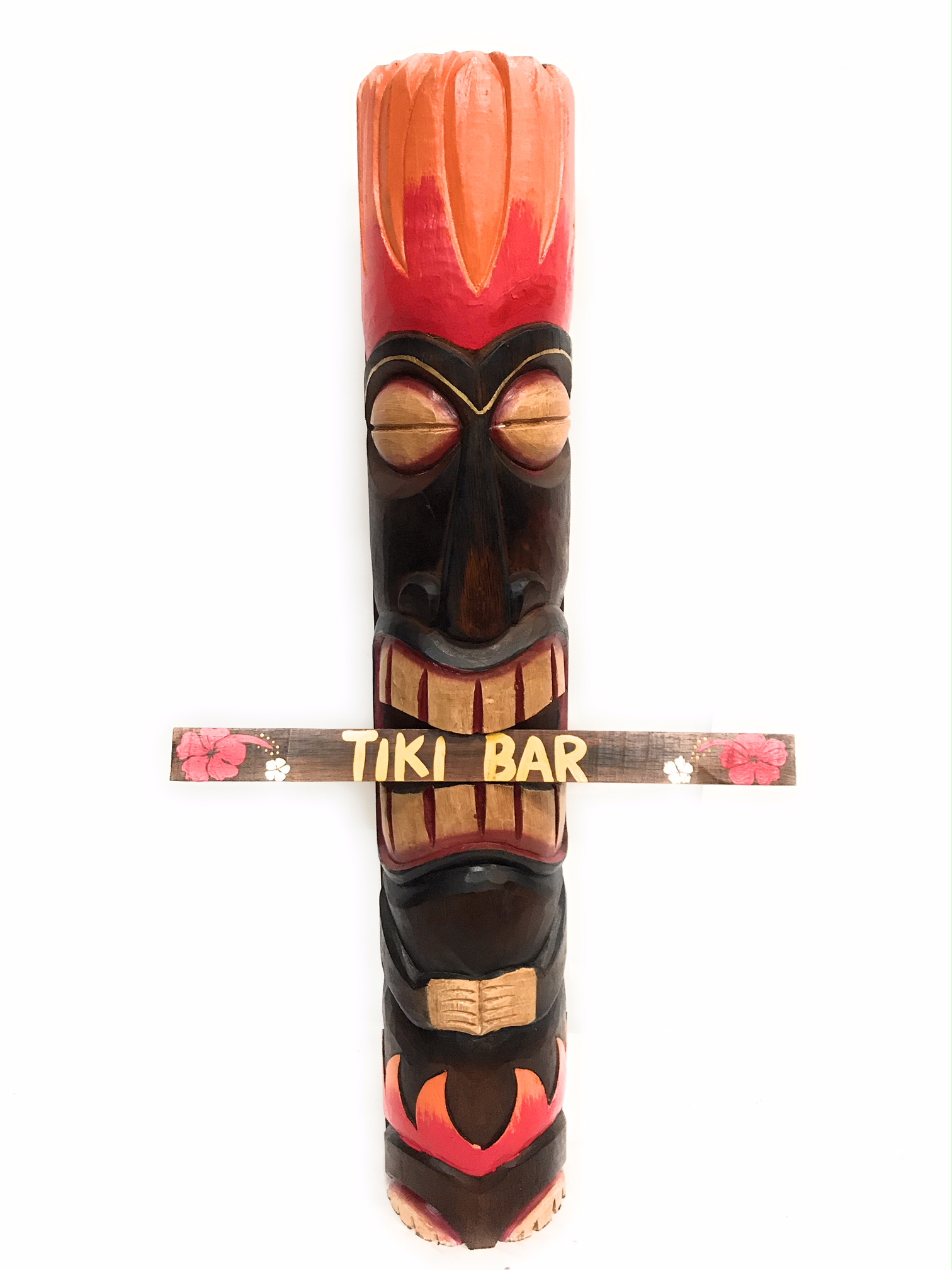
In recent years, however, people have also recreated tiki figures using modern materials such as resin and ceramic. These contemporary versions offer a more durable and versatile option for collectors and enthusiasts. You can shape and size resin tiki figures differently, allowing for more creativity and experimentation in their design. Ceramic tiki figures have a sleek look that adds elegance to any area.

Tiki figures hold immense cultural significance. They have strong connections to Polynesian history and mythology, showing the region's cultural heritage through visuals. People believed that Tiki figures possessed spiritual powers and frequently used them in religious ceremonies and rituals. People regarded them as guardians, who protected their owners from evil spirits and brought good fortune and prosperity.
Today, tiki figures have transcended their traditional religious and ceremonial roles and have become highly sought-after art pieces. Their timeless appeal lies in their ability to transport people to a magical tropical paradise. These artifacts create a relaxing, escapist, and exotic atmosphere when placed in a home, restaurant, or tiki-themed bar.
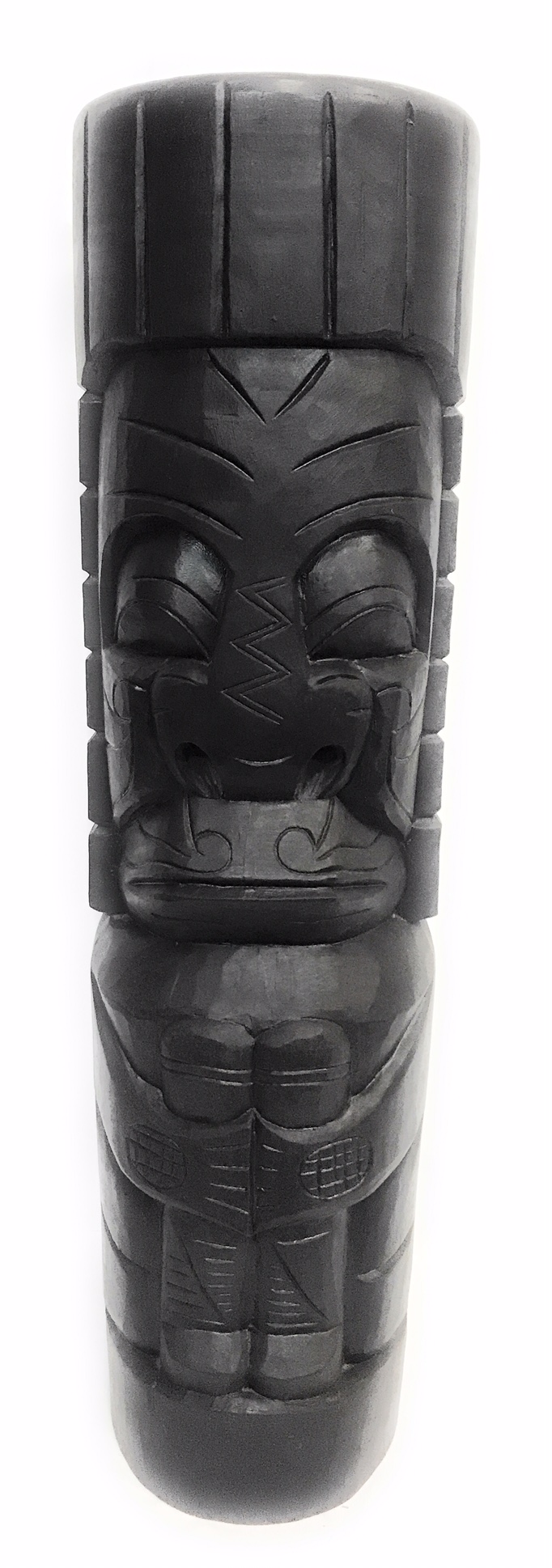
The intricate carvings, vibrant colors, and unique designs of tiki figures make them a captivating addition to any space. They remind us of the beauty and diversity of Polynesian cultures. They can make people curious about the history and traditions of the Pacific Islands.
In conclusion, tiki figures have evolved from traditional wooden carvings to modern resin and ceramic versions. Culturally, people highly value them and adore them as beautiful art that brings a tropical feel to any place. People love them because they are timeless and create a magical atmosphere. Collectors and those who want adventure and peace in their spaces truly want them.
People find Tiki figures in homes, bars, and restaurants worldwide thanks to social media. They enhance the look of these places and attract attention as central features.
These carvings are popular souvenirs for tourists in tropical places. They remind them of their special trips for million people. The popularity of these beautiful carvings is increasing.
The Controversy Surrounding Tiki Figures
Tiki figures are popular but criticized for cultural appropriation.
This critique is about using tiki figures in Western culture. It says that using them is cultural exploitation and often takes away their original cultural and religious meanings. People often lose the true meaning and history of symbols when they see them as decorations or fashion items. Consequently, many people forget their cultural significance.
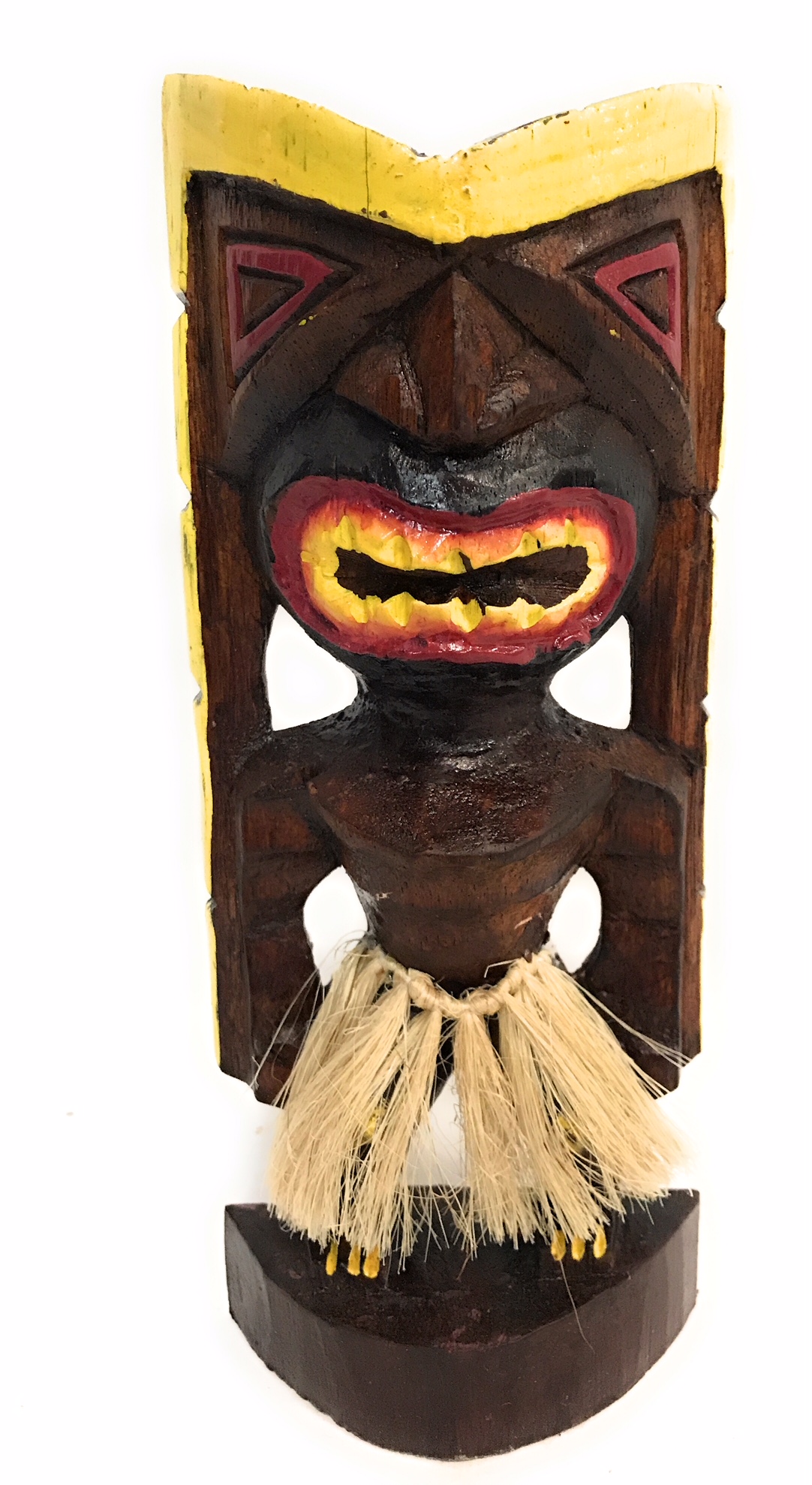
Critics often criticize Tiki figures for their portrayal as symbols of escaping reality and fascination with foreign cultures. This can reinforce negative stereotypes.
According to this argument, the Western world has borrowed figures from Polynesian culture. They have then used these figures to create an artificial tropical paradise or a mysterious attraction. Fans who adopt tiki aesthetics without understanding their cultural significance in purpose promote shallow perspectives of Pacific Island cultures. This, in turn, reinforces stereotypes and romanticizes marginalized communities.

The growing popularity of tiki figures in the West has controversies. Some people view these figures as harmless decorations or fashion accessories. However, others recognize that they can be harmful if used not correctly or misrepresented.

The ongoing debate about tiki figures shows the importance of understanding and appreciating their cultural origins. This is necessary to represent them respectfully and meaningfully in a globalized world.
The Future of Tiki Figures
Despite the controversy, tiki figures continue to be a popular symbol in modern culture. More people are learning about the importance of these carvings and how to use them respectfully and responsibly. Artists are now using Polynesian designs and techniques in their tiki carvings to pay tribute to their origins.
In conclusion, tiki figures have a long and fascinating history that spans across cultures and centuries. Ancient wooden statues, once sacred, now captivate people worldwide with their popularity and fascination. Tiki figures symbolize Polynesian art and culture.
At Tikimaster.com, you'll find many beautiful tiki statues that are visually stunning and culturally important throughout the polynesian islands. The statues are not just decorations but they are also important cultural relics. They symbolize the history and traditions of Polynesian and Hawaiian cultures.
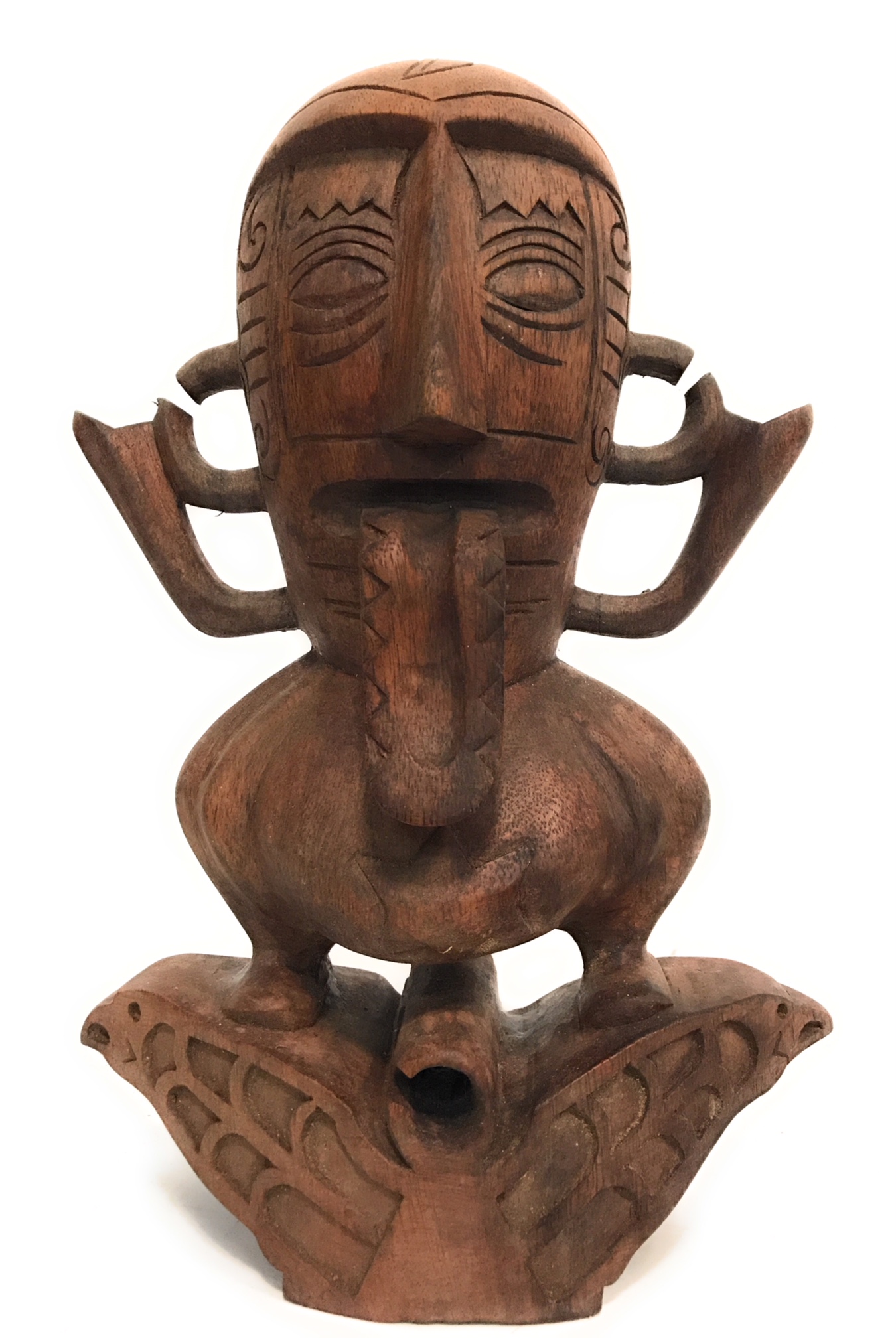
Tikimaster.com sells different tiki statues from Hawaii and French Polynesia, each with its own special design and meaning. From traditional wooden carvings to modern interpretations, there is something to suit every taste and style. Skilled artisans create these statues with great care, making sure each one is a beautiful work of art.
As you explore the website, you'll find tiki statues representing gods, ancestors, and mythical creatures. These statues represent spiritual beliefs and stories handed down over time. These decorations are both pretty and suitable for use in your home or garden. They also have a connection to the old traditions and stories of Polynesian and Hawaiian people.
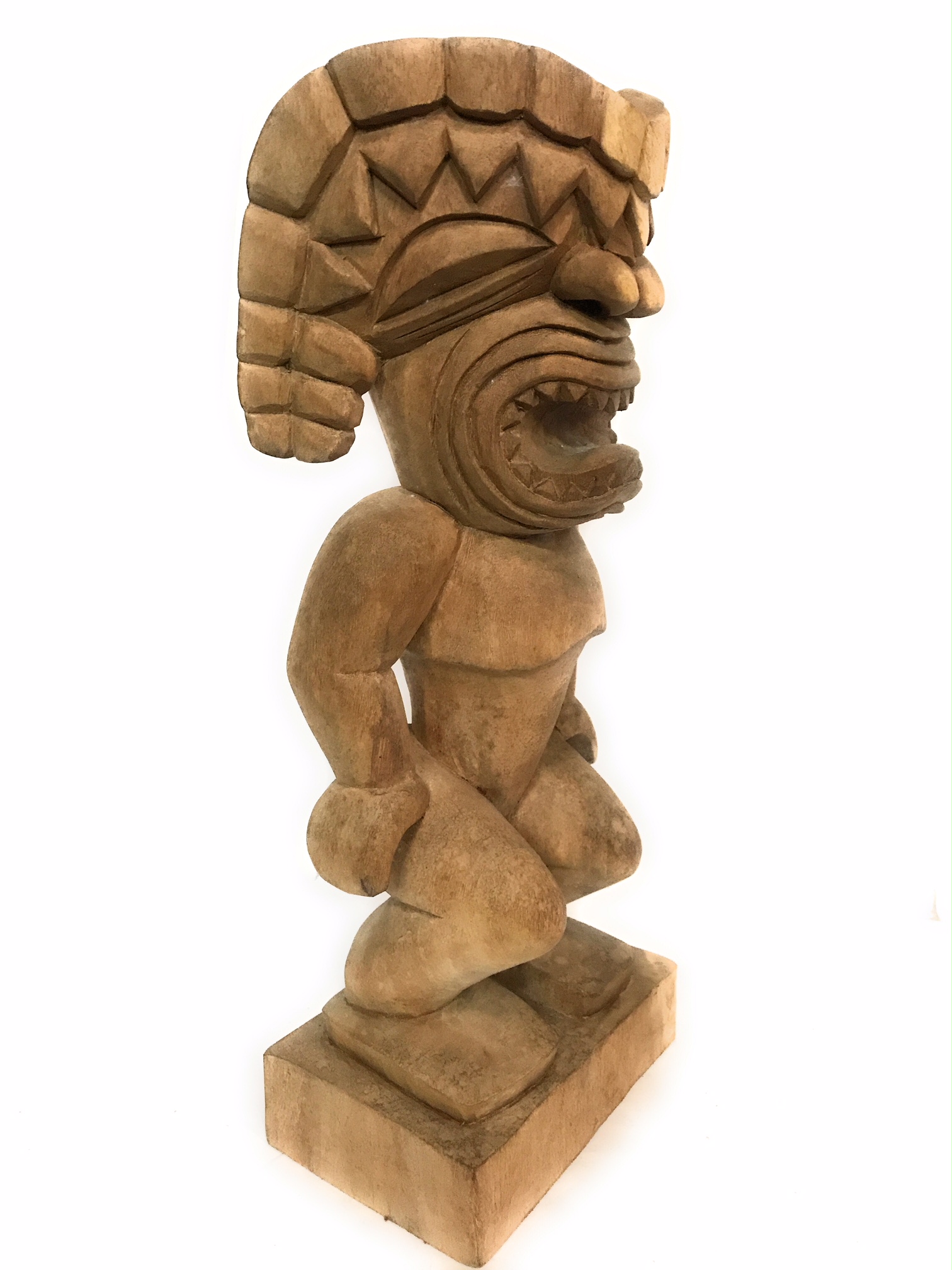
Tikimaster.com is great for collectors, enthusiasts, and those who love tiki statues and their cultural significance. The website provides information and pictures of each statue. This allows you to understand and appreciate the skill and meaning behind each one.
Tikimaster.com offers a variety of tiki-themed products, including tiki statues, handcrafted tiki masks, koa paddles, and ceremonial groundbreaking sticks. Additionally, they provide tiki-inspired masks, wall decorations, and home furnishings.. These products can help create a truly immersive and authentic tiki-inspired atmosphere in your living space.
For Polynesian and Hawaiian culture or tiki statues, check out Tikimaster.com to add beauty to your home. Find the perfect tiki statue in our collection. Enhancing your space with meaningful cultural artifacts from the Cook Islands and some remote islands in the Pacific ocean.






